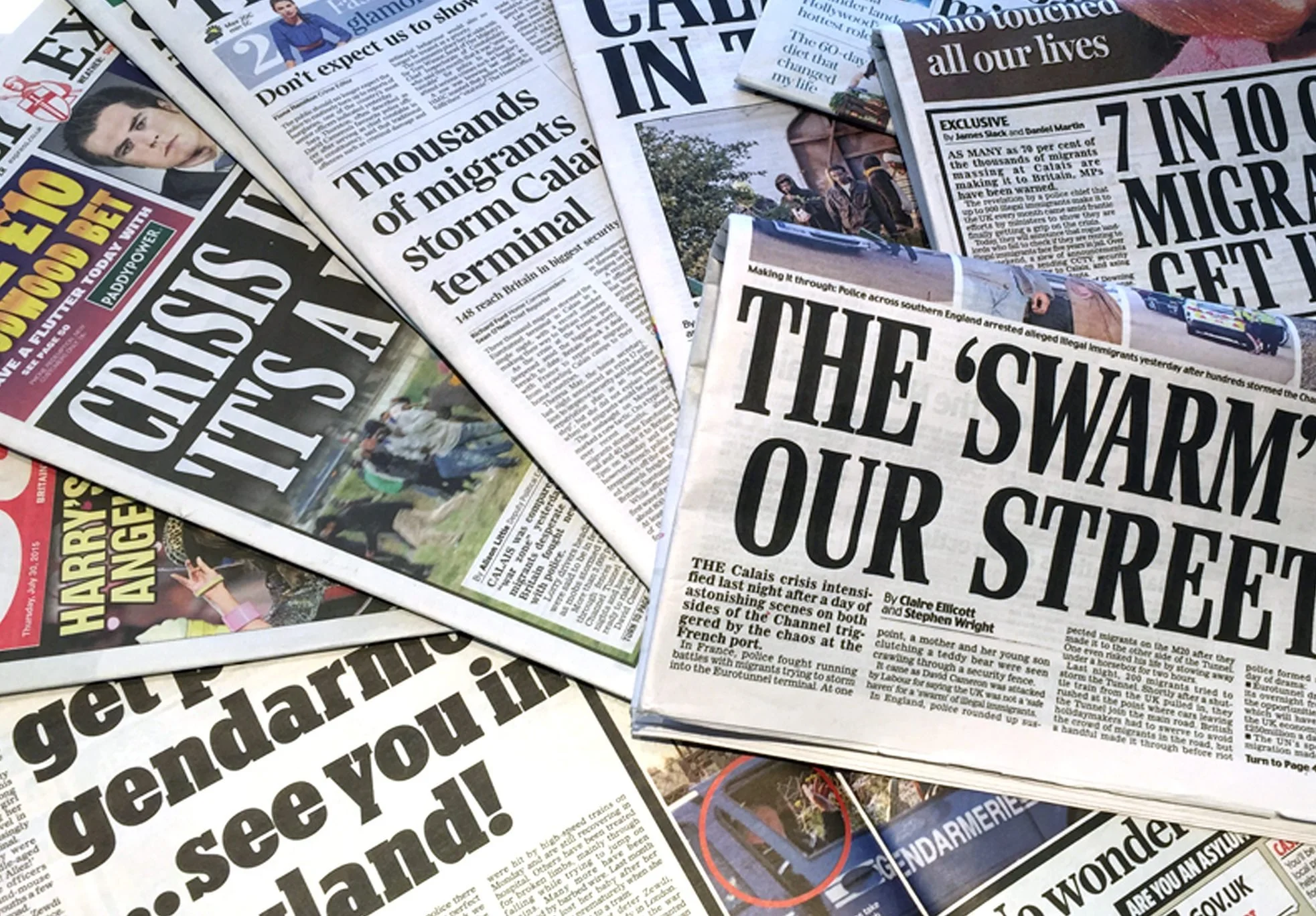Relocating to another country is a momentous choice. For the women and children of Central America, as with all refugees, this migration is no longer a choice but rather a necessity for survival. Since the late 20th century, turbulent political and socioeconomic conditions in the Northern Triangle- comprising El Salvador, Honduras, and Guatemala- have led to a rise in sexual and gender-based violence (SGBV). Under a system that subordinates and violates women, many view leaving the region as the sole path to a better life for themselves and their families.
States and the Stateless: How Nationalism Drives Xenophobia and Anti-Immigrant Sentiment
Whenever I lead any educational presentation for GRMR, I like to start off by asking the group what they think of when they hear the words refugee or migrant. I encourage the group to consider the images, news stories, and identifiers they have seen in media and political discussions. Without fail, the discussion always turns to the ways in which the 2016 election and the administration which followed changed the idea of who refugees and migrants are. Asylum seekers became illegal aliens, and migration a threat to the socioeconomic success of the country. This disdain for refugees and migrants does not stem simply from a place of xenophobia or isolationism…
Neoliberalism and Refugees
Neoliberalism, an ideology defined by the proliferation and deregulation of financial markets, free market trade, cutting state welfare and taxes, and the commodification of health, rose to prominence in the 1980’s with Reagan and Thatcher (1). The problems of inflation and rising oil prices were compounded when industrial production in the global north declined, thus decreasing the demand for raw goods and agricultural commodities from countries across Latin America, Asia, and Africa (Packard, 2016). With the cost of money rising (as banks charged higher interest rates), international organizations such as the International Monetary Fund (IMF) and World Bank stepped in to prevent these countries from defaulting on their loans. As part of their conditions, they enforced austerity measures known as Structural Adjustment Policy (SAPs) on these cash-starved countries.
The goal of SAPs was first and foremost to secure the international financial system, catering to the lender banks of the global north. They also served to transform economies of developing countries to free-market economies (Sayson, 2006). This was achieved through peeling back necessary public institutions; for example, limiting the development of public infrastructure, cutting federal paychecks, halting investment in social programs and hospitals, and more. This crippling of local infrastructure would pave the way for millions to die due to cholera, Ebola, and AIDS crises.
As Keshavjee puts it, “these loans were seen as…


